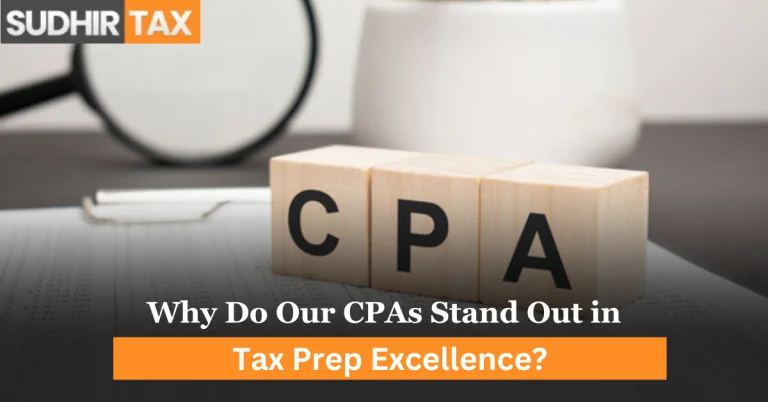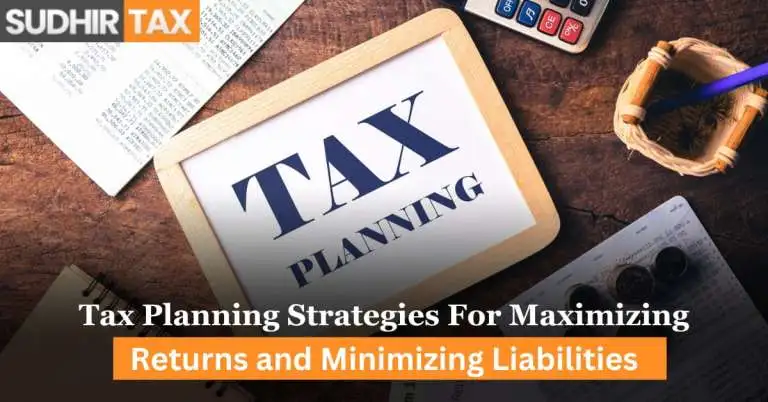Starting a business can be an exciting and rewarding experience, but it’s important to choose the right business structure that best suits your needs. There are several different types of business structures to choose from, each with their own set of pros and cons. In this blog post, we will discuss the five most common types of business structures: LLC, DBA, C Corp, S Corp, and Sole Proprietorship. By understanding the advantages and disadvantages of each structure, you can make an informed decision about which one is best for you.
Table of Contents
ToggleLLC:
A Limited Liability Company (LLC) is a popular business structure that offers personal asset protection and flexibility in management and taxation. LLCs are considered separate legal entities from their owners, known as members, and are not personally liable for the company’s debts or liabilities. This means that members’ personal assets are protected in the event of a lawsuit or financial loss. LLCs also offer flexibility in management, as members can choose to have a manager-managed or member-managed structure. Additionally, LLCs can be taxed as a partnership, S corporation, or C corporation, depending on the number of members and the election made by the members.
DBA:
A Doing Business As (DBA) is a type of business structure that allows a sole proprietor or partnership to operate under a different name than their legal name. A DBA is also known as a trade name or fictitious business name. It’s a simple and inexpensive way to operate a business under a different name without forming a separate legal entity. DBA does not provide any personal asset protection, and the business owner is personally liable for all debts and liabilities.
C Corp:
A C Corporation (C Corp) is a separate legal entity from its shareholders and is taxed as a separate entity. C Corps are subject to double taxation, meaning that the company is taxed on its income and shareholders are taxed on any dividends they receive. C Corps can issue stocks and have an unlimited number of shareholders, making them suitable for larger companies. C Corps are also subject to more regulations and compliance requirements than other business structures.
S Corp:
An S Corporation (S Corp) is a type of corporation that has elected to be taxed under Subchapter S of the Internal Revenue Code. Like C Corps, S Corps are separate legal entities from their shareholders and are taxed as a separate entity. However, S Corps are not subject to double taxation, as the company’s income is passed through to the shareholders and is taxed at their individual tax rates. S Corps can issue stocks and have a limited number of shareholders, making them suitable for smaller companies.
Sole Proprietorship:
A Sole Proprietorship is a business structure where a single individual owns and operates the business. It’s the simplest and most common type of business structure. A sole proprietorship does not provide any personal asset protection and the business owner is personally liable for all debts and liabilities. The business income is reported on the owner’s personal tax return and is subject to self-employment tax.
When choosing the right business structure for your company, there are several factors to consider, such as personal liability, taxes, and compliance requirements. LLCs and S Corps offer personal asset protection and pass-through taxation, making them a popular choice for small businesses. C Corps offer personal asset protection and are suitable for larger companies. DBA is a simple and inexpensive way to operate a business under a different name without forming a separate legal entity, but it does not provide any personal asset protection. A Sole Proprietorship is the simplest and most common type of business structure, but it does not provide any personal asset protection.
Conclusion
The business structure you choose for your company will have a significant impact on your personal liability, taxes, and compliance requirements. It’s important to weigh the pros and cons of each structure and consider your specific business needs and goals. Consulting with a business attorney or accountant can be helpful in making the decision. It’s also important to keep in mind that your business structure may change as your business grows and evolves, so it’s essential to review your structure regularly and make changes as necessary. Ultimately, the best business structure for your company is the one that meets your specific needs and goals while providing the necessary protection and flexibility.








